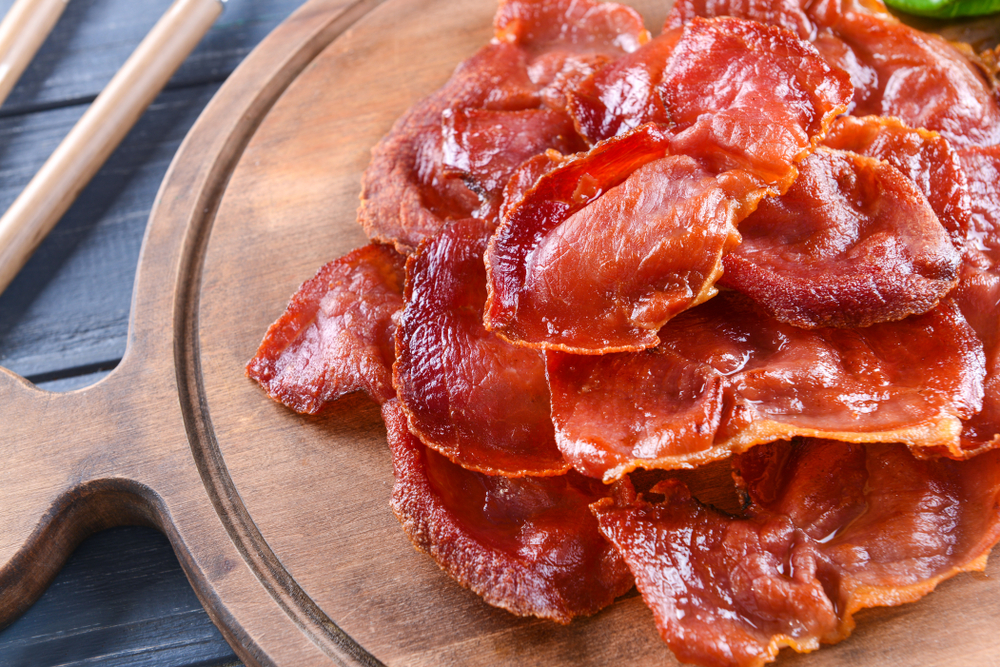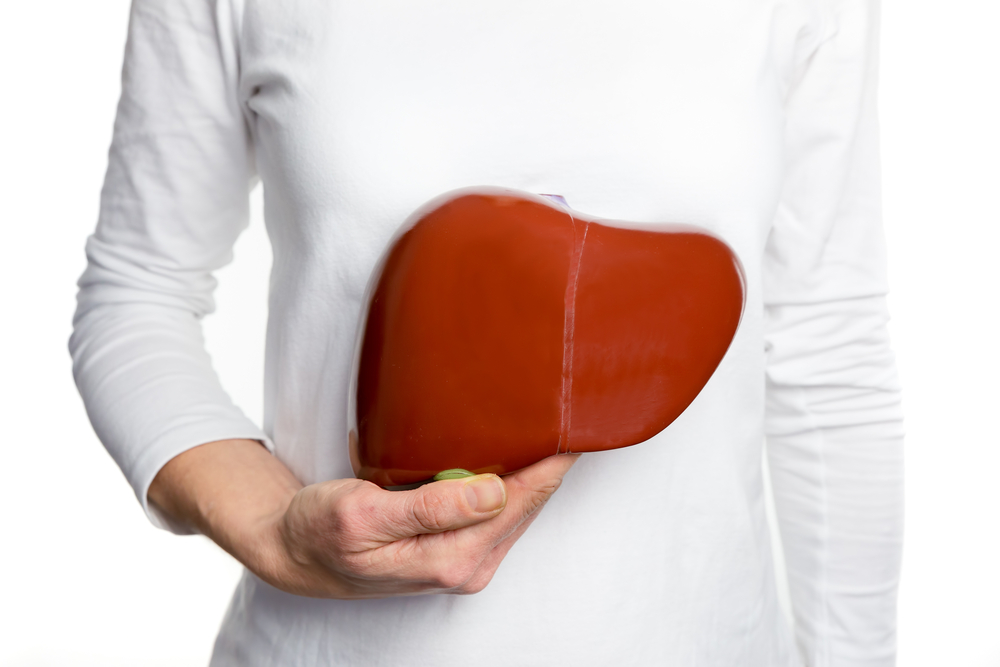Bacon is a treasured breakfast foo that has only surged in sales during the pandemic. Despite its tastiness, health experts caution that such processed foods should be eaten minimally to dodge cancer. The good news is that the way you cook your bacon can influence how carcinogenic it can really be.
Nitrites are the top source for cancer issues within bacon, serving as a preservative that also gets converted into carcinogenic N-nitrosec compounds NOCs) when digested. While some bacon is marketed as “nitrite-free,” this is a smokescreen for the fact such products contain a vegetable-based synthetic analog. Frying bacon is also a great way to risk these substances getting into your system. Eliminating nitrites is not enough to avoid cancer from bacon. Frying bacn generates two notable carcinogen types: heterocyclic amines (HCAs) and “advanced glycation end products AGEs).
HCAs and AGEs spawn through the Maillard reaction, spiking as temperatures do. This thermal origin means that lightly-browned bacon contains 1/10th of the HCAs of well-cooked bacon. The Maillard reaction is all about browning so ways of cooking bacon while browning it as little as possible, such as in a microwave, results in less HCAs/AGEs.
Grilling or broiling your bacon under direct heat may also be dangerous; that proximity to naked flame means you are going to reach high temperatures while also drying out the bacon. Heat and dryness are how you get HCAs.
Since frying is how you get flavorful bacon, most bacon fans will laugh at only lightly frying it. The good news is that there is a solution to tasty, lightly-fried bacon because flavor comes from a different facet of the Maillard reaction.
Antioxident-rich foods can help offset exposure to nasty oxidizing chemical reactions, suppressing the Maillard reaction’s ability to create HCAs/AGEs. Frying with an antioxident-rich oil like extra virgin olive oil (EVOO) can help cut the cancer risk.
Esophageal cancer
It is worth mentioning that some groups are more likely to develop cancer from bacon than others. Research indicates that a regular diet of processed meat can increase the chance of developing esophageal adenocarcinoma; the UK has the highest incidence of this cancer on the planet.
The leading metric for esophageal adenocarcinoma would be “Barrett’s esophagus.” Roughly 1 million UK residents suffer through this ailment whom will later experience esophageal adenocarcinoma. This means that people known to have Barrett’s oesophagus should be mindful about bacon. The common tie between esophageal adenocarcinoma and bacon is inflammation which then results in cancer.
Diets that are rich in inflammatory foods are connected to an elevated risk of esophageal adenocarcinoma. Since bacon’s AGEs are quite inflammatory, they have a good chance of contributing to the development of esophageal inflammation and oesophageal adenocarcinoma. That said, no one has tested whether such compounds in fried bacon make it any more of a cancer risk than other varieties of processed meat. It is because no research has yet been done that the UK makes no dietary mentions for patients with Barrett’s esophagus. That said, our current understanding that bacon’s carcinogens mean it is best to show caution.
The one rub with this information is only one in 10 people suffering from Barrett’s esophagus are aware of their condition. Most people with the condition chalk their symptoms up to recurring bouts of acid reflux. If you love bacon and frequently complain of acid reflux, it may be best to put down that pork until you get things checked out and treated.
If you must have your bacon, there are a few things you can do to minimize the risk of cancer: Fry your bacon on a low heat setting, use EVOO for the oil, lower the temperature on your oven or grill or even change out to a non-fried processed meat that is free of nitrites. Favoring a healthy diet can also do wonders for your overall risk of developing cancer.













